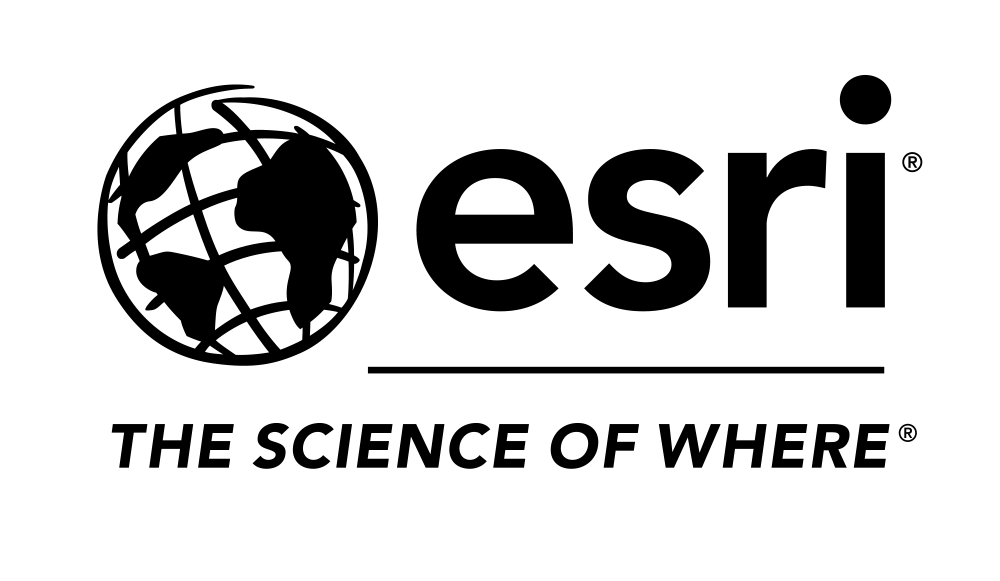Our world is transforming and rapidly becoming digital. Today, we are on the cusp of an Internet of Things (IoT)-driven technological revolution, affecting most, if not all, industries. With billions of connected sensors deployed on assets and networks and in products around the world, companies are collecting and processing data at a higher frequency and velocity. The challenge that continues to plague many organizations is how to make effective decisions from this data. Organizations are facing many new challenges and looking toward technology to improve situational awareness, create operational efficiencies, and optimize all aspects of work.
While large-scale deployments of IoT have improved the availability and timeliness of data, it can be difficult to connect these sometimes discrete and unstructured datasets. Every sensor, asset, or network has one thing in common: it is located somewhere. Location provides a common reference system to create relationships. Esri’s location technology interconnects information, systems, models, and behaviors with spatial context, creating holistic digital representations of environments, assets, networks, and cities using a modern geographic information system (GIS) infrastructure.
Industry and government organizations are facing challenges in every area of their business. They work hard to adapt to and leverage digital technology. Yet they often face today’s challenges with yesterday’s methods. In the struggle to remain relevant and thrive, they are looking to update to modern advanced information technology (IT) and operational technology (OT) solutions. To achieve these transformation objectives, they need to reinvent the way they do business and change many legacy operating models and processes. To affect the desired change, organizations need scalable solutions that not only meet today’s challenges but also align to their strategic future vision. As IoT and GIS adoption increases and their applications mature, the future is becoming increasingly intelligent and automated. GIS and IoT technologies are connecting systems and data in new ways, which is enabling the transformation of many organizational workflows. The innovation and integration of these technologies are creating the nervous system and enabling real-time integrated digital twins.
Digital twins are used to represent accurate historical views, observe and monitor current performance, and predict future states. A digital twin of a fixed asset or real-world system benefits directly from the inclusion of GIS and IoT data about the asset. The IoT connects the data, and the GIS adds context around the asset, connecting the information model to other models and to its surroundings. GIS creates digital twins of the natural and built environment, and it can also be used to integrate many different digital representations of the real world.
In the last several years, the convergence of GIS technology; IoT; and, more recently, building information modeling (BIM) has created interactive 3D visualizations, which are redefining what a digital twin is and the value it brings to organizations. A digital twin is not a single product or solution; it is a complex network of technology and systems. It must work in harmony to achieve the desired transformational outcomes and return on investments that organizations desire. Esri’s ArcGIS location technology is a proven way to create a framework to bring data together using location and to deploy big data accurately and intelligently against real-world problems and bring IoT data to life in spatial context. GIS and IoT are the nervous system for creating digital twins.



